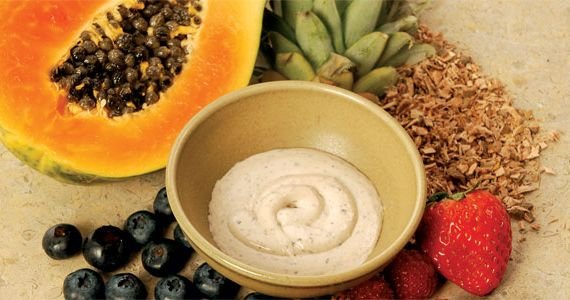Get ready for spring by dedicating some time to exfoliating your skin. Whether you choose mechanical or chemical methods, the benefits are numerous.
After a season of hiding under wool and dark hues, it’s nearly time to embrace pastels, slip into shorts, and don a T-shirt. Soon, you’ll be revealing much more skin than you have in months, so it’s essential to prepare by exfoliating. This process unveils a healthy glow by removing dead skin cells, which is crucial for overall skin health. Your skin acts as an exit point for toxins; when it’s clogged with dirt and debris, impurities can become trapped, forcing your kidneys and liver to overwork.
Mechanical vs. Chemical Exfoliation
You can rejuvenate dull skin through either mechanical or chemical exfoliation. Mechanical exfoliation involves using an abrasive tool, like a sponge, to physically slough off dead cells. On the other hand, chemical exfoliation utilizes specific cosmetic compounds for the same purpose.
While the term “chemical” might sound intimidating, many chemical exfoliants incorporate beneficial vitamins. For instance, Vitamin C promotes cell regeneration, helping to discard aging skin cells. Alpha hydroxy acids (AHAs), derived from fruits, vegetables, and milk, encourage healthy skin development by gently peeling away dead skin.
Some individuals might find AHAs too harsh, leading to blisters or redness. If that’s the case, consider trying beta hydroxy acid (BHA) exfoliants instead. Originating from sources like berries, papaya, pineapple, wintergreen leaves, or willow bark, BHAs dissolve the bonds between dead and live skin cells. Because they penetrate less deeply than AHAs, they’re suitable for sensitive skin. BHAs help unclog pores and prevent acne outbreaks.
If you choose to use AHAs or BHAs, avoid combining them with mechanical exfoliation, such as scrubs or peels, as this can harm your skin.
Scrubs Can Be Beneficial
If you have mature or oily skin, you might lean toward using traditional abrasive scrubs. Look for ones containing oatmeal or crushed nuts, such as walnuts or almonds. For added benefits, consider products infused with essential oils like black currant or passionflower, which can help firm skin and reduce fine lines.
Apply the scrub gently in circular motions over the face and neck, avoiding the eye area. Remember that when it comes to exfoliation, more isn’t always better; resist the urge to use peels daily. Those with dry or sensitive skin should exfoliate weekly, while oily skin may benefit from up to three sessions a week. Be gentle with acne-prone skin, as excessive scrubbing can irritate and result in increased oil production, leading to clogged pores.
As the weather warms up in spring and summer, bacterial growth increases, suggesting you may need to exfoliate more often than in winter’s dry conditions. Regardless of the exfoliation method you choose, your skin should not burn, sting, or feel raw afterward. If it does, consider using a gentler option. After exfoliating, apply a nourishing oil like organic jojoba or sweet almond, or a soothing cream from your preferred health store.
Your Skin Extends Beyond the Neck
With the warmer days ahead, you may notice an increase in perspiration—which can reach up to 2.5 liters per hour. To prevent sweat from getting trapped by blocked pores, ensure you exfoliate your entire body. Dry-brushing before a shower is an effective method. Use a long-handled natural bristle brush and spend a few extra minutes in the bathroom. Begin at the soles of your feet and brush upwards toward your heart, then move to your back and across your buttocks, and finish with a counter-clockwise motion across your abdomen, followed by your arms and hands. Rinse in the shower to reveal healthier skin!
DIY Scrub
For a simple at-home scrub, combine 1 tablespoon (15 mL) of raw oatmeal with your regular moisturizer and massage it into your face using circular motions for about five minutes. Rinse with cool water afterward for refreshing results.






